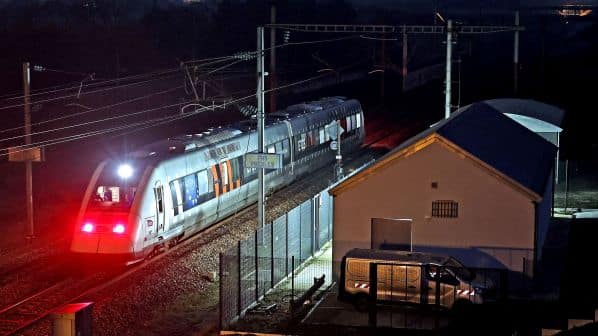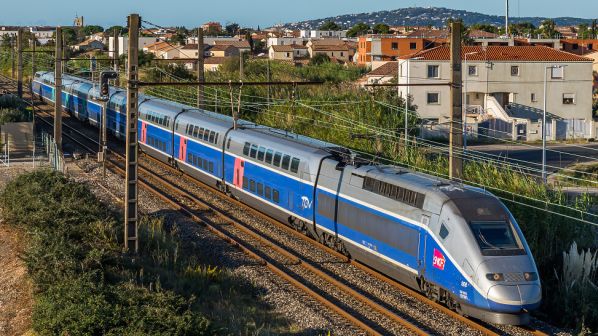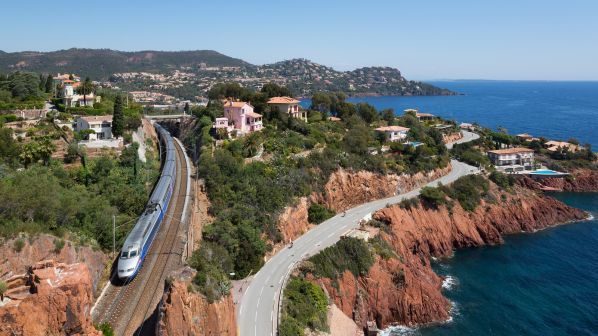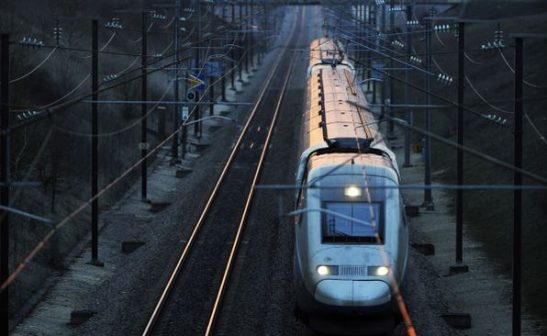HITACHI Rail reports the successful completion of the first phase of dynamic testing under the project to install its SEI+ digital interlocking system on the 460km Paris - Lyon high-speed line.
Under a €129.3m contract awarded in December 2019, Hitachi Rail is working to replace the current interlocking system on what it says is Europe’s busiest high-speed line, now being upgraded and resignalled under SNCF Network’s €820m LGV+ programme.
Paris - Lyon was the first high-speed line to enter service in France in 1981 and is now used by 240 trains a day, according to SNCF Network, representing 33% of national high-speed traffic.
By 2030, the LGV+ programme aims to progressively raise capacity by 25%, enabling 16 trains to operate per hour per direction at peak times, up from 13 today.
The programme includes replacing the national TVM cab signalling system with hybrid ERTMS Level 3, the installation of 58 digital interlockings and reinforcing the traction power supply system.
The first dynamic tests of the Hitachi Rail SEI+ interlocking were carried out overnight on a section of the high-speed line in the Paris area known as Zone A.
Hitachi Rail says the new digital interlocking enabled a test train fitted with ERTMS to operate correctly, receiving commands from the Mistral control centre in Lyon, over 500km away.
Over 100 people are working on the project, including 30 from Hitachi Rail who are developing the new SEI+ technology. The next major milestone is the completion of product development and obtaining safety approval in order for the new interlockings to enter service by this autumn.
“This is the first time that Hitachi Rail's remit includes essential services such as on-platform testing and on-site testing as part of a renovation project on a line operated by SNCF,” says Hitachi Rail project manager, Mr Bernard Teyssieux.
“We would therefore like to thank SNCF for its confidence and the close collaboration between our respective teams, which has enabled us to successfully complete this key milestone.”
For detailed data on European rail projects, subscribe to IRJ Pro.




